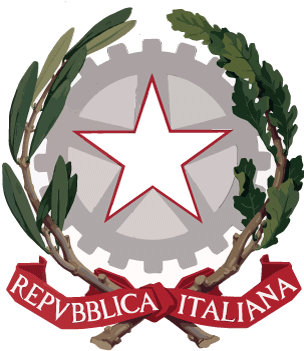First, choose an event o a place to visit
Select the date from the calendar and indicate the number of people to send your booking request.
You will be contacted by our staff. Thank you.
Fill out the form with your data to confirm your booking.
Thank you. Your booking code is {{codice}}, we have sent a summary email to the address {{email}}
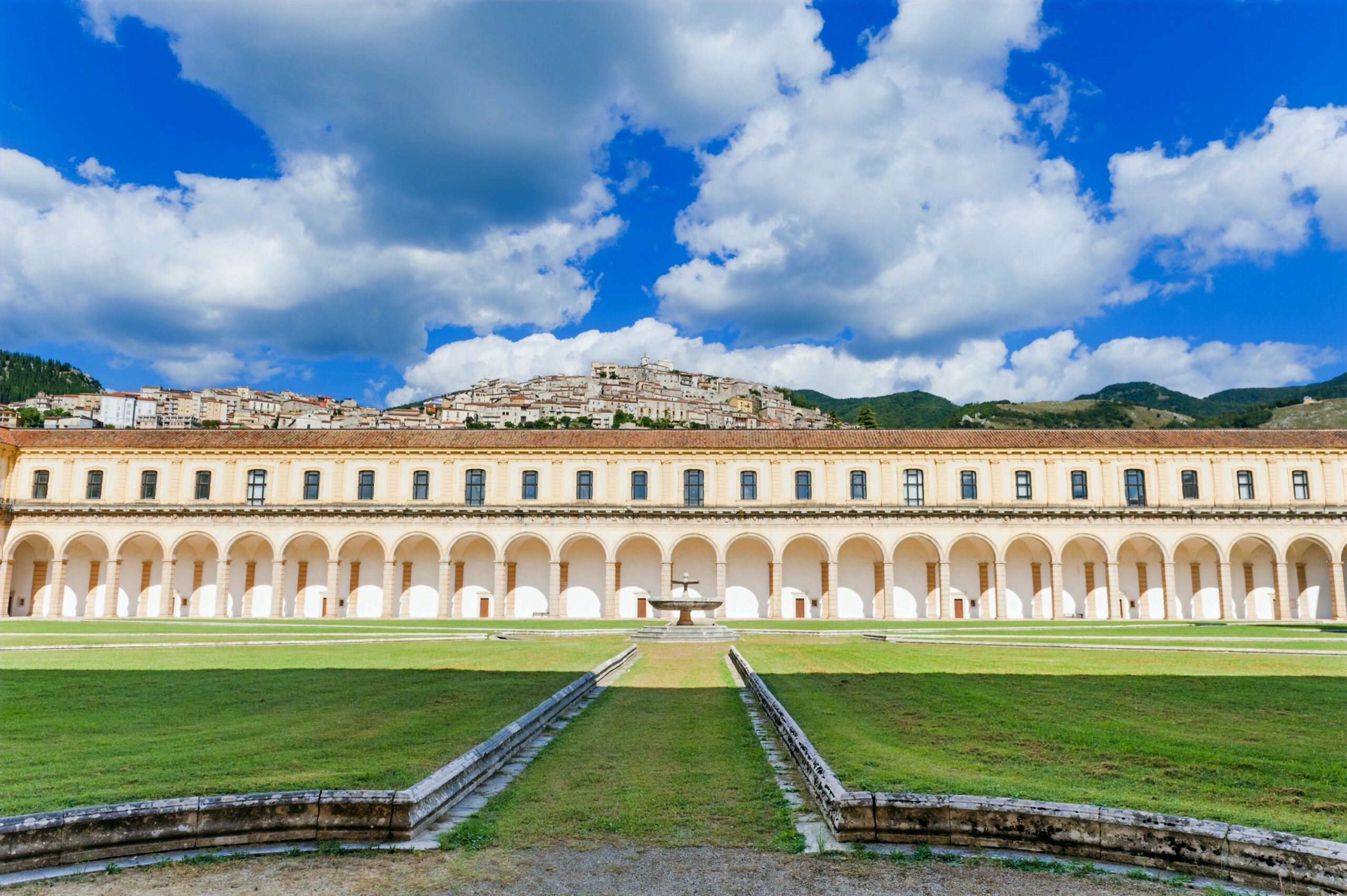
The Certosa di San Lorenzo is the largest monastic complex in Southern Italy as well as one of the most interesting in Europe for its architectural magnificence and abundance of artistic treasures. Since 1998 the Certosa has been included in the Unesco World Heritage list.
The construction work began in 1306 by order of Tommaso Sanseverino, count of Marsico and lord of the Vallo di Diano, and continued, with extensions and renovations, until the 19th century. Few elements of the older structure remain in the Certosa: among these we recall the splendid door of the church dated to 1374 and the cross vaults of the church itself. The most significant transformations date back to the mid-sixteenth century, after the Council of Trent. The gilding of the stuccoes in the church dates back to the seventeenth century, the work of the converse Francesco Cataldi. On the other hand, the frescoes and the transformations of use of existing rooms are from the eighteenth century.
The Certosini left Padula in 1807, during the French decade of the Kingdom of Naples, when they were deprived of their possessions in the Vallo, Cilento, Basilicata and Calabria. The rich furnishings and all the artistic and book heritage were almost entirely lost and the monument experienced a state of precariousness and abandonment. Declared a national monument in 1882, the Certosa was taken over by the Superintendence for Architectural Heritage of Salerno and in 1982 the restoration work began.
The external courtyard consists of a large rectangular courtyard around which most of the productive activities were housed. The original sixteenth-century dress, made of local stone and rigidly punctuated by the Doric order of the paired columns, was enriched in the Baroque era with statues and pinnacles. The late Mannerist cloister of the Foresteria is made up of a portico with a fountain in the center and a loggia from which the clock tower rises. The loggia is decorated with seventeenth-century paintings. The Church, with a single nave with five chapels on the right side, is divided into two areas by a wall. There are also two choirs. The high altar, in scagliola and mother-of-pearl, is attributed to G. D. Vinaccia (about the 17th century). The Church is decorated with gilded eighteenth-century stuccoes that overlap a structure that is certainly from the fourteenth century. Next to the series of suggestive side chapels, there is the Chapter Room, rich in eighteenth-century stuccos, and the Treasure Chapel, which was a sort of safe where the very rich furnishings of the church were probably kept and protected. In the Founder’s Chapel, located in a corner of the cloister, you can admire the altar in scagliola. The kitchen, fruit of that feverish eighteenth-century activity which significantly distorted the rooms of the monastery, was probably a re-adapted refectory. Frescoes somewhat obscured by time and fumes from the kitchen decorate the barrel vault. Admire the stone work tables and the huge hood under which the ancient kettle is placed on the burners usually used. The refectory is a room built in the first decades of the eighteenth century. rectangular in shape. The cloister of the procurators is made up of a portico on the ground floor and a corridor with windows on the upper floor: here were the lodgings of the procurators, while the refectory of the lay monks was located below. A stone fountain with dolphin and marine animals is located in the center of the cloisters.
The Library, a vast room that preserves the majolica floor and the ceiling decorations, housed tens of thousands of books, illuminated manuscripts, manuscripts, of which only a very small part remains today in the Certosa, about two thousand volumes. Crossing the threshold, you find yourself in front of the spiral staircase that leads gently to the anteroom of the library. It is a stone staircase, connected only by a curb obtained in the same steps, culminating in a stone balustrade.
The large cloister, with its almost fifteen thousand square meters of surface, is among the largest in Europe. Construction began in 1583 by substantially remaking a pre-existing cloister. The Cloister is spread over two levels and in the center there is a beautiful cup-shaped fountain, made of stone and dated to 1640.
The double ramp elliptical staircase, the last work that the fathers were able to see built before the French suppressions, joins the two levels of the large cloister. A work that appears as a majestic scenographic element illuminated by its seven large windows that ranged over the surrounding landscape. The large garden of the cloister corresponds in minimal part to the eighteenth-century arrangement, above all due to the interventions carried out during the two world wars for the construction of the prisoner s’ shelters.
The Certosa di San Lorenzo welcomes, in some of the suggestive monastic cells, the collection of contemporary art, gathered in the three-year period 2002-2004, thanks to the three editions of the international review “Le Opere e i Giorni”, conceived and curated by Achille Bonito Oliva. The triennial saw the participation of internationally renowned artists and the creation of works inspired by the following themes: the Word, the Precept and the Vanitas.

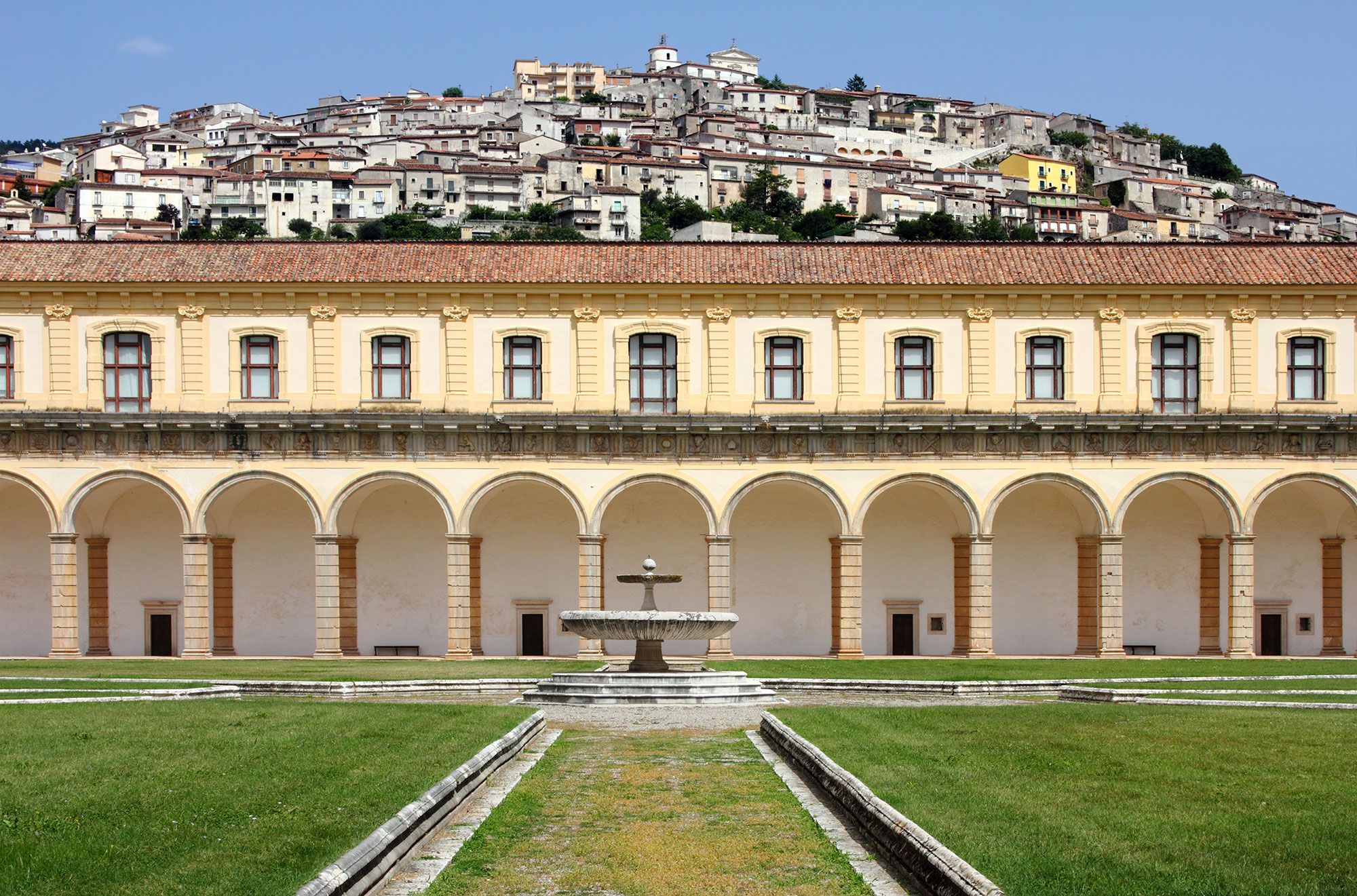
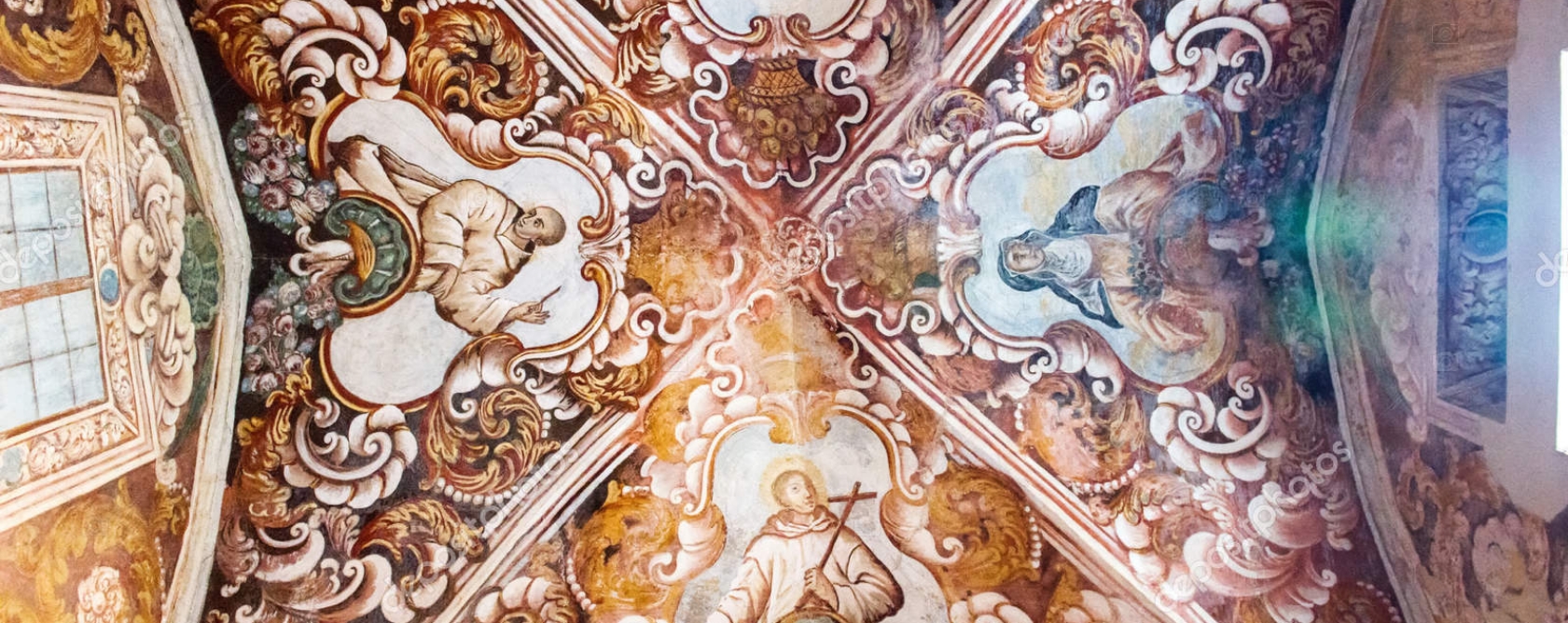
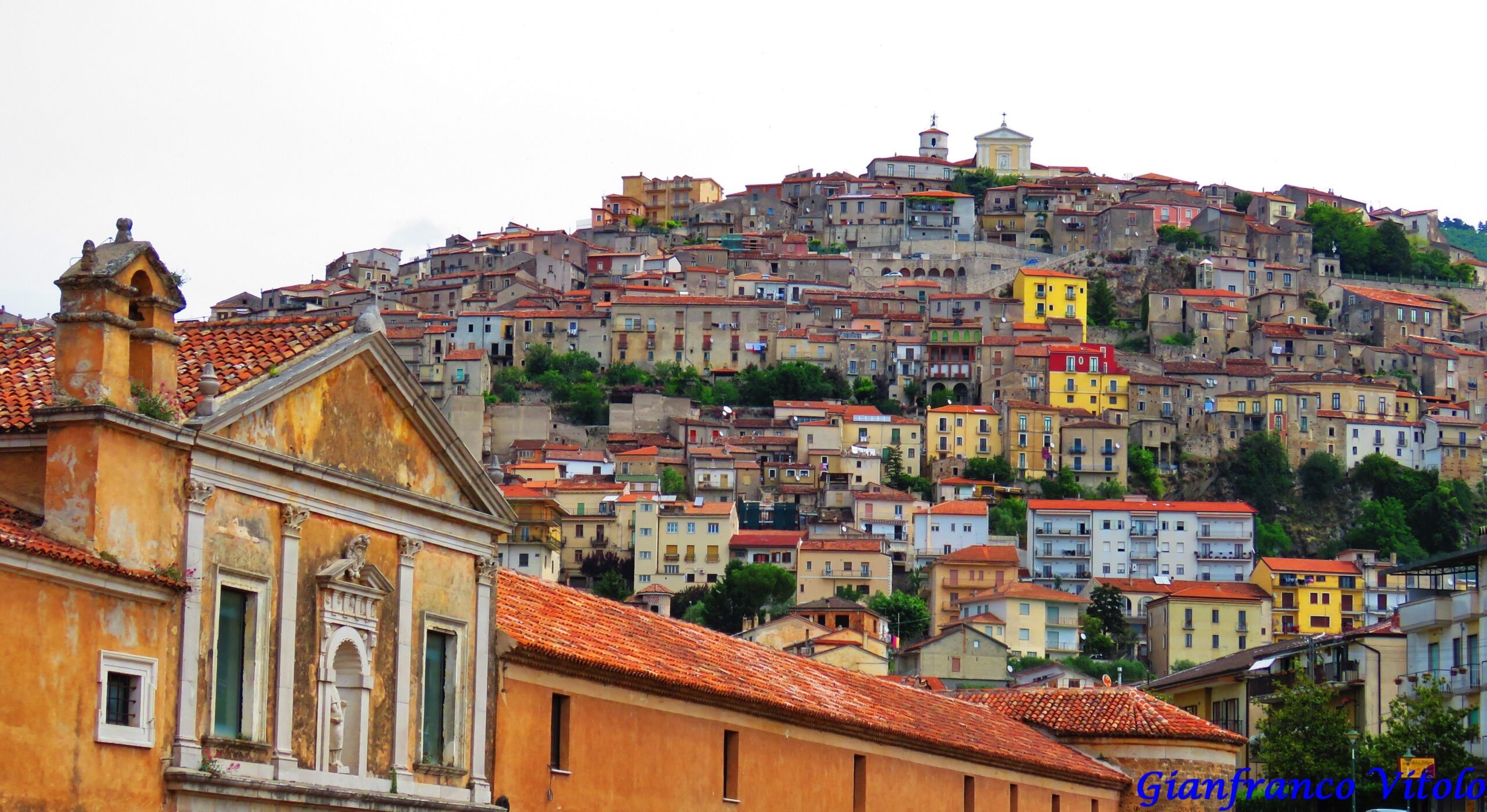
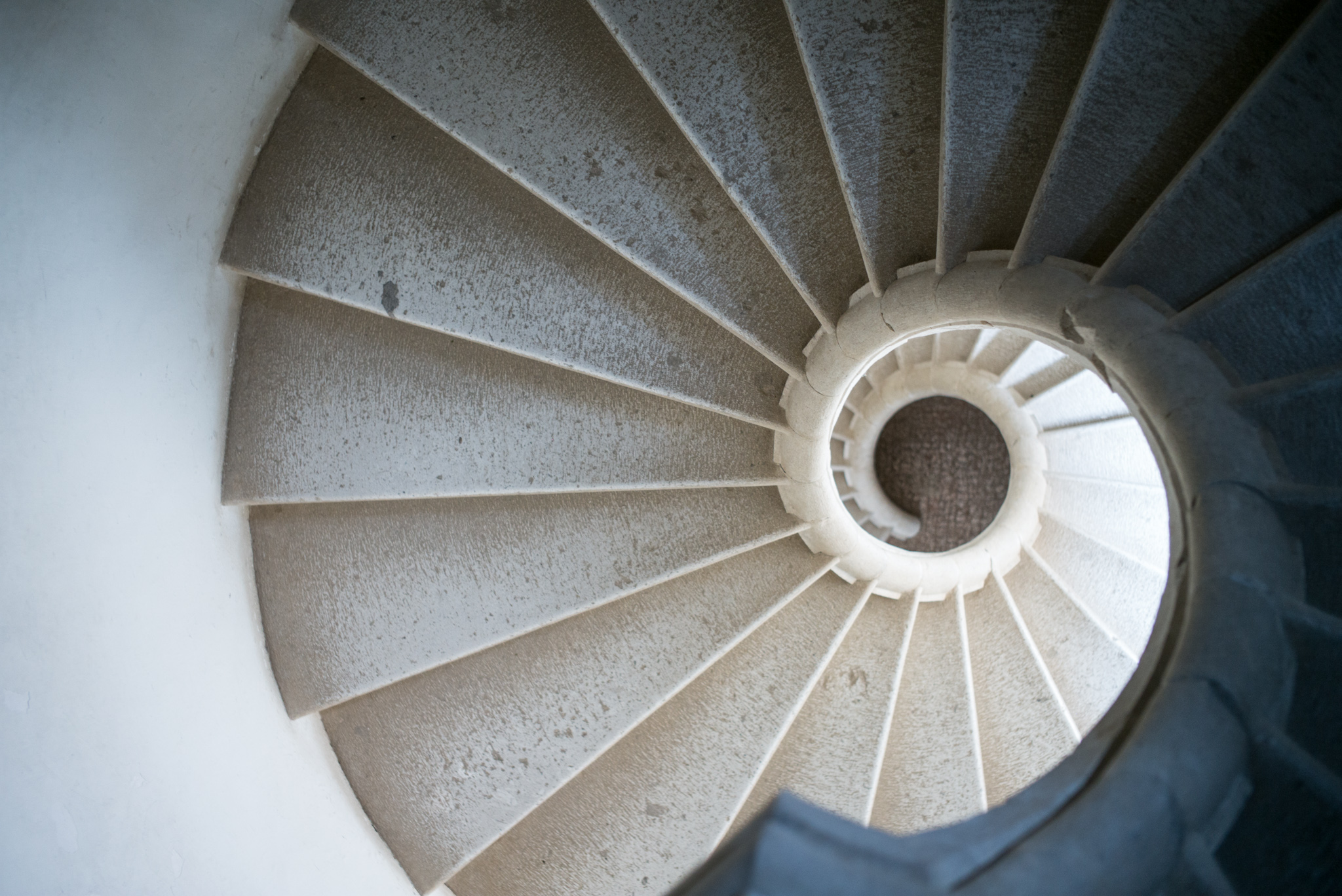
From 1 May 2022, the methods of access to places of culture and entertainment have changed: possession of the green pass is no longer required, nor is there an obligation to wear respiratory protective devices. However, its use is recommended. For more info: tel. 0975 77745-552
LUN 09:00 – 19:30
MAR Closed
MER 09:00 – 19:30
GIO 09:00 – 19:30
VEN 09:00 – 19:30
SAB 09:00 – 19:30
DOM 09:00 – 19:30
Discover the itineraries that find their starting point at the Certosa di San Lorenzo and lead to places to discover in Padula.
Padula, famous throughout the world for the monumental Certosa di San Lorenzo, a UNESCO heritage site, is rich in artistic and architectural elements, made up of churches, streets, statues and votive aedicules also made of local stone which bear witness to 1100 years of life. Therefore, it is not possible to overlook the context in which the Carthusian site was built and above all to overlook two fundamental elements: the matter and the spirit of the Certosa. Discover the itineraries through the territory of Padula.



